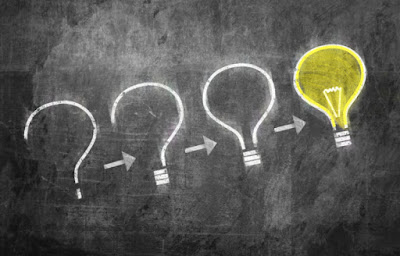Presentations in Vanguard are a great way for the youth to share what they've learned with the rest of the students and build confidence speaking before a group. For the most part, the youth excel at this skill! Many of our Vanguard Youth have take speech and debate classes and are great at public speaking. Vanguard presentations are different than a speech in that they can engage the audience, have visual aids and be as creative as the presenter wants to be.
Here are just a few reminders to help Vanguard presentations flow more smoothly:
How long is my presentation?
- How long is it supposed to be? Check the blog. It is usually specified.
- How do I know how long my presentation is after I prepare it? Run through it in advance and time yourself.
- Make sure your presentations is not too long, not too short but JUST RIGHT!
- If you want to go long because you find your topic fascinating, get permission from the mentor the day before.
- Once you’re called on, your time starts, not once you’re “ready”. So if you have visual aids to prepare, props to bring out, a computer to hook up or volunteers to include, do all of the prep work ahead of time.
What is my presentation about?
- What is the assignment? Read the blog carefully.
- Don’t just regurgitate what you learned in the assigned reading, look at additional sources and full you mind with information and then filter through it and present the nuggets.
- Don’t talk AT you audience, have a conversation with them.
- The more preparation you are the better.
- Change up your style. Prezi, slide show, visual aids, photos, song, poem, quotes, etc. Step out of your comfort zone!
- If you’re using a song or poem, introduce it first.
- Learn & grow by giving different types of presentations.
CHALLENGE:
For every presentation you do, try to choose a different type of presentation to present to help you grow and learn to be more flexible.
A reminder on the no-no’s:
- No filming presentations. Let's be honest, there's really no reason to have your phone out at Vanguard anyways. So just keep it put away during presentations. If you want to take notes, do it in your common place book. Vanguard is a safe space to shine and make mistakes. Mistakes are bound to happen and we don't want them filmed for the world to see.
- No goofing off when someone is presenting. As a listener, respect the presenter by paying attention and not having a side conversation with the person next to you.
- Do NOT bore us!












